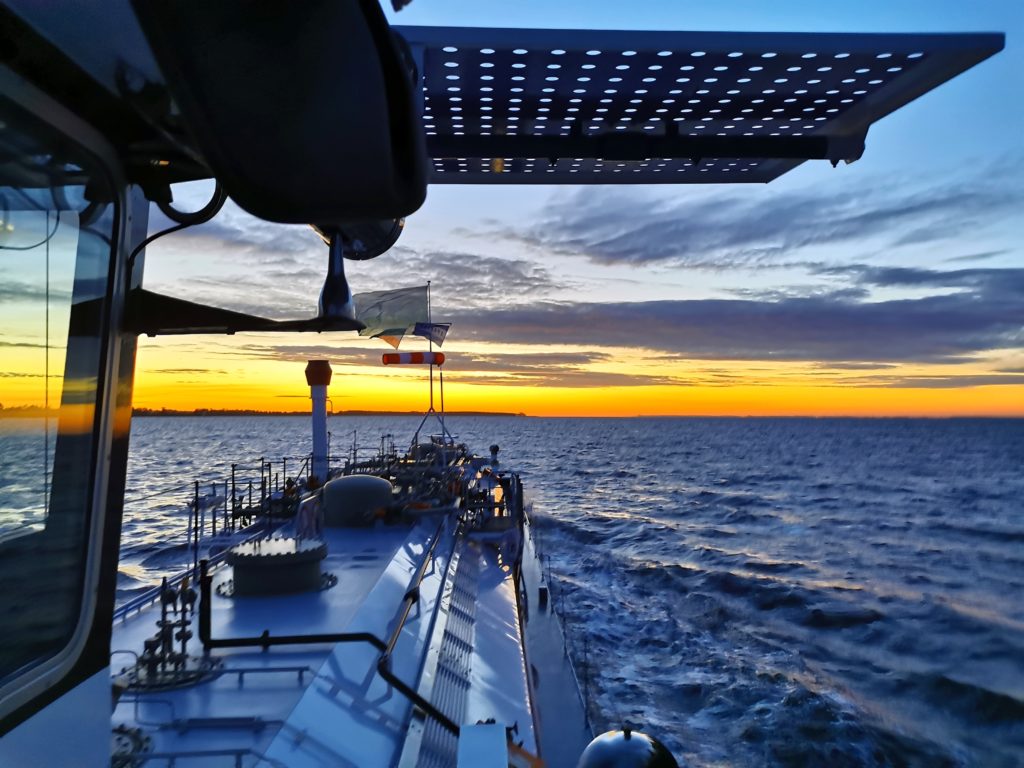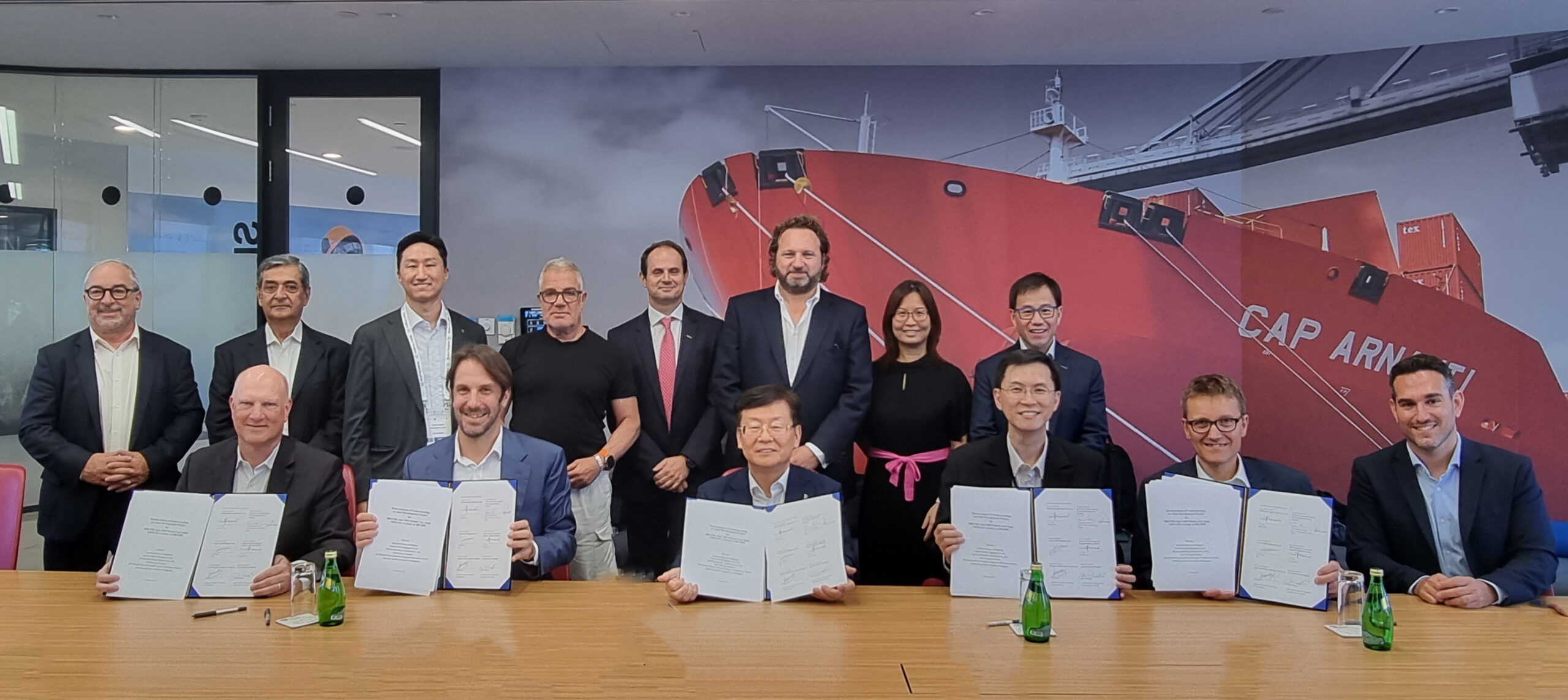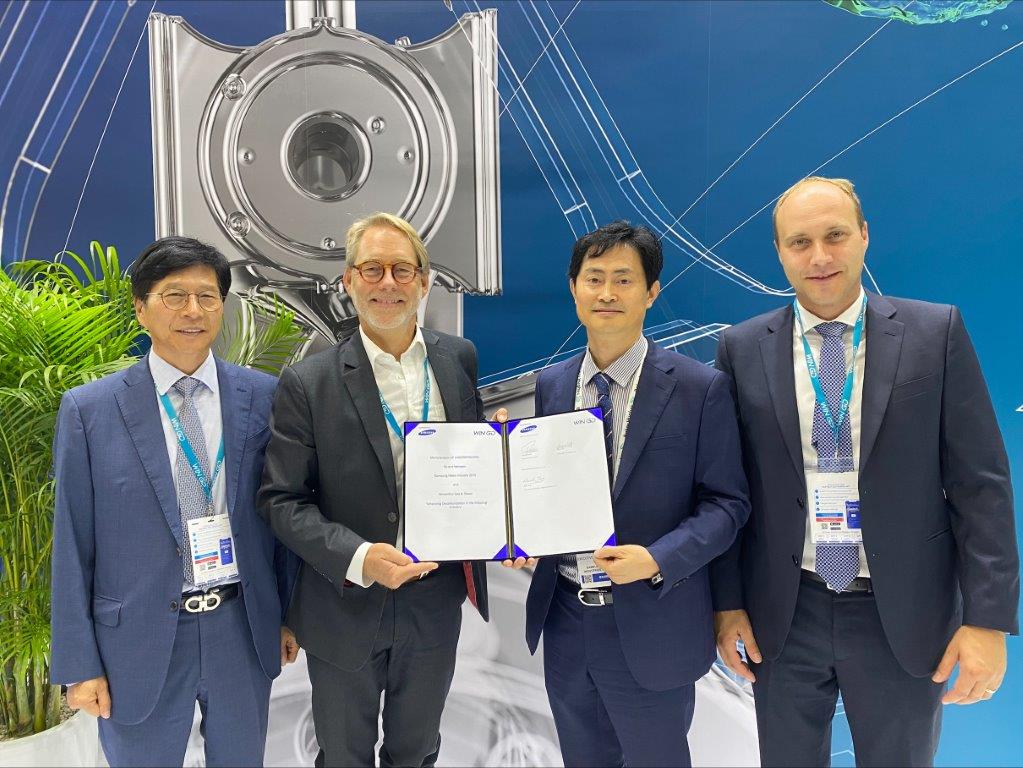Odin, the ship, not the mythological Germanic god, is stuck in ammonia limbo. The inland waterway vessel's owner will see a long running contract end later this year and is desperate to put the vessel into use as part of the green transition. But is there the demand yet or will this unique vessel head for recyclng?
Odin is a remarkably well-kept inland waterway vessel. It has been shipping ammonia through Germany’s rivers and canals for over 30 years. It is perhaps one of the few real-life demonstrations of a vessel, a potential bunker vessel perhaps, that has performed hundreds of ammonia loading and discharging operations over those years. And like many river and canal vessels in Europe’s vast network of trading waterways it is the single vessel owned by a small, in this case third generation, family business.
For most of those 20 years Odin has been loading ammonia that a German coal-fired power station needs to help clean its flue gas emissions of nitrous oxides. It loads ammonia in either Antwerp or Ludwigshafen (at a BASF chemical plant deep in the Rhine valley south of Frankfurt), taking the ammonia through Germany’s river and canal system to the power plant located in Bergkamen outside Dortmund.
With Germany on an environmental mission to wean its society off coal and meet its greenhouse gas reduction promise, this plant like much of Germany’s coal fuelled power supply is set to close, leaving Odin without the income needed for its upkeep, insurance and salary for its small crew.
Spetrans is typical of a family-owned company stuck between a rock and hard place as society and shipping transform. The company was owned and run by Kerstin Malchow’s parents until they were unable to. She stepped in about a decade ago, away from her career in the hotel trade, to help out and has been involved ever since. Her mother had already taken on significant debt when Odin was converted from a general cargo waterway vessel to become an ammonia carrier, debts which took a while to be paid off, but which led to successful use supplying emission cleaning ammonia to the power pant such south of Dusseldorf.
But with that contract now set to end this year, it leaves the Malchow family with some tough decisions to make.
Odin is an old vessel, 58 years old, but Malchow insists there is a lot of life in it still, she says it passes its class inspections easily. It has two regular skippers for more than 20 years that navigate the ship through waterways they have got to know like the back of their hand, although the number of voyages per year has plummeted recently due to lower demand for ammonia at the power plant.

Constantly trading in Europe’s inland waterways Odin has demonstrated the ability to safely load, ship and discharge ammonia for decades. Now this 47 m long workhorse with the ability carry 260 m3 ammonia in two designated tanks needs a new role.
Getting new life from old roots for the green shift - lifecycle thinking for older vessels
With industry, shipping and society looking at a green future, Malchow is adamant that in about three years she can easily find a role for her family-owned vessel, but until then she simply does not know what she can do, saying she can not just keep the vessel in lay-up until then.
She says she has seen many projects being launched in the last two years looking at ammonia’s role as either a green energy carrier for industry, or as a marine fuel.
There’s surely a need for a small vessel that is already in service and available for the small volumes that are likely to be transported as the nascent green ammonia supply chain grows she said, adding that perhaps Odin can be part of a project looking at building up a supply chain, or even get some use as a bunker vessel in a port.
The vessel does have all the requirements and permits for such work, she insisted. Malchow is also seeking a project to help raise the profile of the vessel, even to look at how Odin could have a fuel cell installed to validate ammonia as a power source as well.
“These are hard choices for Spetrans, and highlight the challenges being faced in coastal and inland shipping, which do have older vessels, as larger companies form their research partnerships to be dominant in the green transition,” said Conor Fürstenberg Stott, partner at Fürstenberg Maritime Advisory a south of Sweden based environmental consultancy.
“This is an ammonia vessel ready to be used and additionally demonstrates the potential of the circular economy,” he added, pointing out that while the transition of shipping will require new engines and new ships in the long run, the issue of circular economy will likely become more relevant for an industry increasingly concerned over its overall sustainability picture, and using what the industry has available to kick start the change makes sense.
In the meantime Kerstin Malchow continues to look for a new use for her vessel which even today spends more time alongside in the canal outside Dortmund than it does picking up ammonia to help clean coal sourced flue gases. She knows time is short and feels frustrated that while shipping and society talk about using green ammonia, hydrogen and other clean fuels, no one seems ready to start and use what is right in front of them.


































